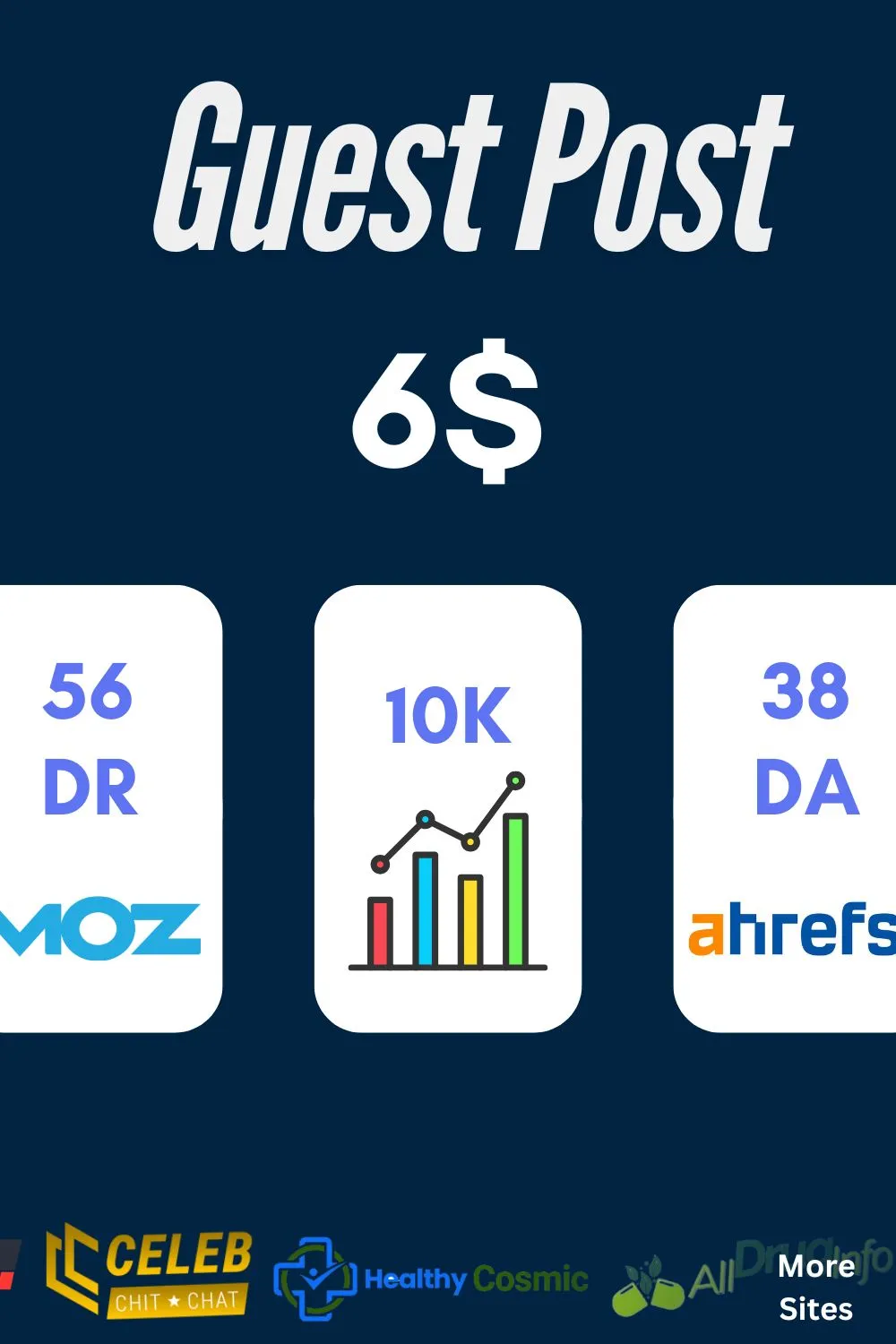The real estate market has faced significant challenges in recent times, with fluctuating interest rates, limited housing inventory, and economic uncertainties creating a complex environment for both buyers and sellers. These issues have led to increased competition, higher prices, and a sense of unpredictability, making it difficult for many to navigate the market effectively.
Thankfully, as we move into the second half of 2024, several “good” changes are expected to shape the housing market. These developments, combined with ongoing economic recovery efforts, suggest a more balanced market, offering improved opportunities for both buyers and sellers as the year progresses. Let’s check them out here:
More Homes on the Market
According to economists, the mortgage rate lock-in effect, touted by the Federal Housing Finance Agency as the main reason for low home sales transactions, will soon wear off. This “lock-in” effect happens when homeowners are reluctant to list or sell their properties despite having to give up a very low mortgage rate. They typically do so to take on a higher mortgage rate.
For example, if a family bought a home for $300,000 last January 2021 when the mortgage rate was still at 2.65% on average, their monthly payment would be around $1,500. Now, in 2024, the monthly payment on that property would be $2,225 at a staggering mortgage rate of 7%! This rate is more than 400 basis points higher, resulting in a nearly 50% increase in the monthly payment.
On a positive note, listings have generally trended upward lately. One report showed that compared to 2023, there is a 2.1% increase in newly listed homes and a 35.5% in the available inventory of homes for sale, both occurring at the beginning of the second half of 2024. These rising numbers may suggest that homeowners who utilized the mortgage rate lock-in effect method could no longer put off moving.
However, despite the increase in listings, the increase in supply may not be sufficient to attract homebuyers. Additionally, current affordability concerns may affect how quickly these new listings can be converted to actual sales.
Besides the high rates, homebuyers are also having trouble securing home financing, especially if they don’t have a solid financial profile. This is why experts recommend seeking professional help for a more personalized and effective homebuying process.
With mortgage lenders scrutinizing every borrower’s financial aspect these days, experts also emphasize taking out a loan contingency. It’s a condition in a real estate contract that allows home buyers to back out from the agreement if they can’t get acceptable financing within a contingency period.
Changes in Interest Rates
After reaching 7.22% on May 20, the 30-year fixed-rate mortgage went down to 6.99% last June 6. Despite a drop from May highs, this decrease didn’t spur a surge in competition among homebuyers. Experts believe this happens for two reasons: (1) rates stayed over 7% for a long time, and (2) “affordability,” as mentioned, remains the top priority of many buyers.
Many experts predicted that interest rates would be held soon. Others believed the Federal Reserve would do so in this upcoming board meeting on June 12. On the other hand, the National Association of Realtors forecasted a movement on the Fed funds rate by late September or the fall of this year.
While a potential interest rate cut in mortgage rate (potentially at 6.5% this fourth quarter) is predicted, experts apprised that homebuyers may not see much relief due to the aforementioned limited housing inventory. In other words, the demand will be higher, which results in more expensive homes.
Moreover, while they may purchase a home at a lower interest rate, the property may have a higher price point, which eventually leaves homebuyers paying the same “high” mortgage payment. Note that if the price level (i.e., inflation) is high, the average interest rates in an economy will also be high.
Prices May Cool Down (Or Not)
Although the housing market is experiencing a downtrend in terms of the number of transactions, many experts find it hard to see home prices cooling or declining nationally. The median home sale price now in the United States has skyrocketed to $392,200, which is 4.4% higher than a year earlier. Experts are even expecting another record high for home prices this summer.
In contrast, a few metropolitan areas in the US have seen a decline in their home prices. For example, home prices decreased by 0.9% in Portland, Oregon, 1.2% in Fort Worth and San Antonio, and 2.9% in Austin. However, according to reports, these areas experienced significant price growth of as high as 45% during the recent pandemic. Considering COVID-19-era runups, homebuyers will likely not experience much relief in affordability despite recent softened prices.
Final Thoughts
The housing market is experiencing a lot of changes in the second half of 2024. Increasing home sales transactions, better interest rates, and softening price points are just a few of the potential improvements. However, note that any market is volatile, and real estate is no exception. Stay tuned for the latest news to stay up to date.



